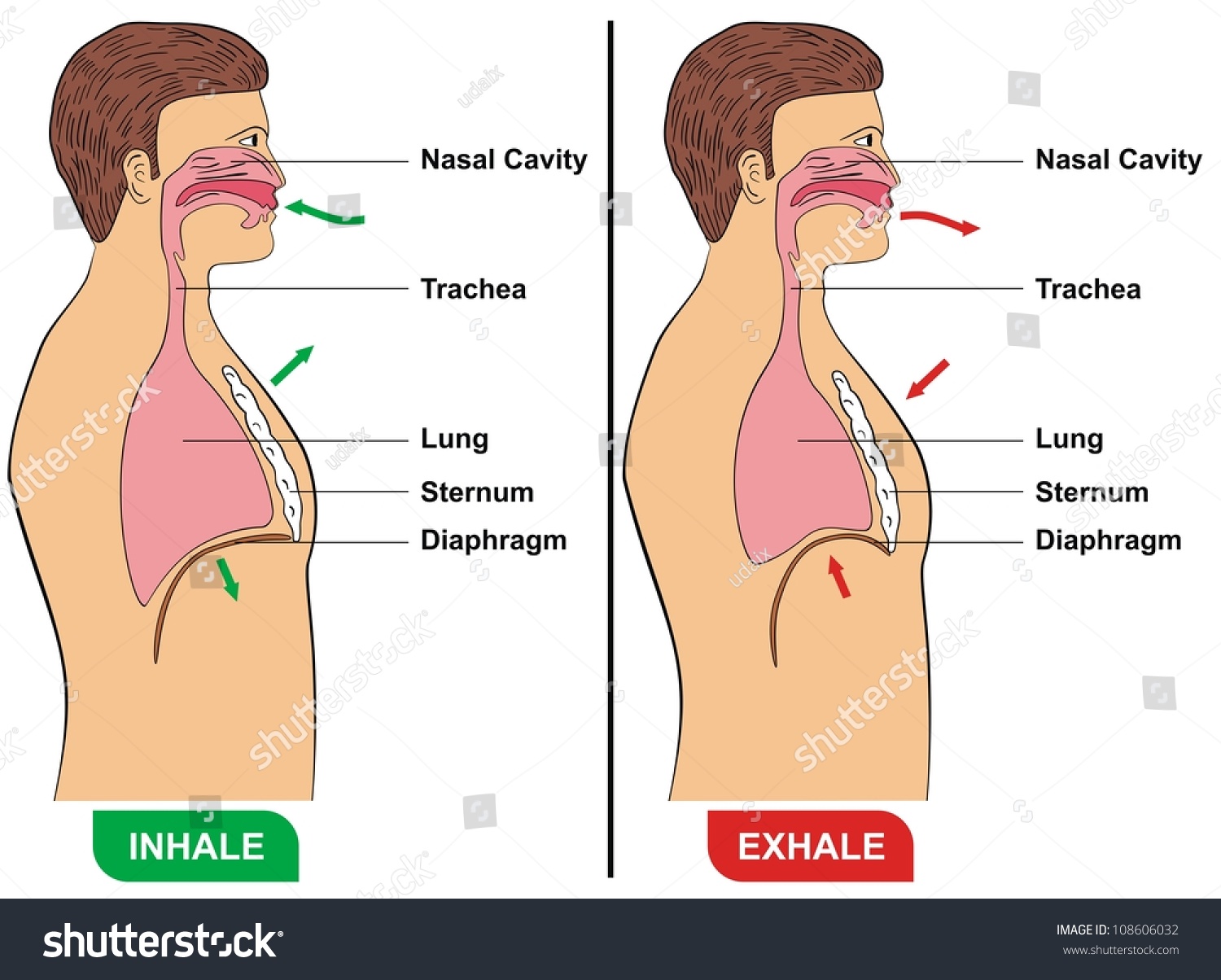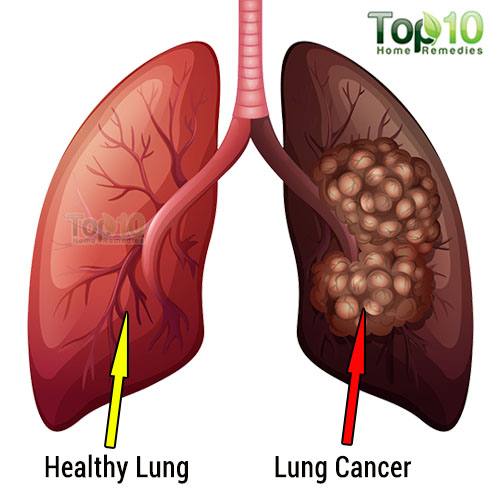RESPIRATORY SYSTEM
Respiration is a metabolic process common to all living things. It is a biochemical in which the cells of an organism obtain energy by combining oxygen and glucose, resulting in the release of carbon dioxide, water and ATP.
PARTS OF RESPIRATORY SYSTEM
The respiratory system consists of nose, pharynx, larynx, trachea, bronchi and finally the lungs. These are together known as air passages.
1. The Nose - The nose consists of an external pair of nostrils which is separated by a cartilage known as nasal septum.
The nostrils open into the nasal chambers.
The inner part of the nostrils consists of a lining of mucous and hair.
The nasal hair entraps the dust particles and the mucous tra4ps the bacteria and lubricates the nasal tract.
2. The Pharynx - The nasal chambers open at the back into a wide cavity, the pharynx, situated at the back of the mouth.
It is a common passage for air and food.
It leads ito an air tube.
The trachea and a food tube located behind the trachea.
The entrance to the trachea is guarded by a flap called epiglottis which closes it at the time of swallowing food.
Incomplete closure of epiglottis during swallowing causes cough.
3. The Larynx - The larynx or the voice box is a hollow cartilagenous structure located at the start of windpipe. The larynx consists of vocal cords which produces sound.
4. The Trachea - The trachea or wind pipe emerges from the larynx down below in the neck where it is partly covered by the thyroid gland . The walls of the trachea are strengthened by C-shaped rings of cartilage .
5. The Bronchi - The trachea divides into two tubes , called the bronchi , which enter the respective lungs. On entering the lungs each bronchus divides into fine secondary bronchi, which further divides into still finer tertiary bronchi.
Bronchioles are the subsequent still finer tubes of tertiary bronchi. By repeated branching , the bronchioles ultimately end in a cluster of tiny air chambers called the air sacs or alveoli.
6. The Lungs - The lungs are a pair of spongy and elastic organs formed by the air sacs, their connecting bronchioles, blood vessels, etc. The two lungs are roughly cone - shaped , tapering at the top and broad at the bottom. The left lung is slightly smaller to accomodate the heart in between .

4. The Trachea - The trachea or wind pipe emerges from the larynx down below in the neck where it is partly covered by the thyroid gland . The walls of the trachea are strengthened by C-shaped rings of cartilage .
5. The Bronchi - The trachea divides into two tubes , called the bronchi , which enter the respective lungs. On entering the lungs each bronchus divides into fine secondary bronchi, which further divides into still finer tertiary bronchi.
Bronchioles are the subsequent still finer tubes of tertiary bronchi. By repeated branching , the bronchioles ultimately end in a cluster of tiny air chambers called the air sacs or alveoli.
6. The Lungs - The lungs are a pair of spongy and elastic organs formed by the air sacs, their connecting bronchioles, blood vessels, etc. The two lungs are roughly cone - shaped , tapering at the top and broad at the bottom. The left lung is slightly smaller to accomodate the heart in between .

PARTS OF RESPIRATORY SYSTEM ......
BREATHING- RESPIRATORY CYCLE
The respiratory cycle consists of inspiration , expiration, and a very short respiratory pause.
In normal adults, the breathing rate is 12-18 breaths/min.
1. INSPIRATION - It results in the increase of the chest cavity which increases the action of the ribs and diaphragm.
The ribs are moved upward and outward, enlarging the chest cavity.
Diaphragm is a muscular tissue, which normally remains arched upward like a dome, towards the base of lungs.
On contraction, it falls or flattens from dome- shaped outline of an almost horizontal plane and thus contributes, to the enlargement of the chest cavity.
As the diaphragm flattens, it presses the organ inside the and with the abdominal mucles relaxed , the abdominal wall moves outwards.
2. EXPIRATION - It is a result of reverse movements of the ribs and diaphragm.
The external muscles relax and the ribs automatically get depressed . The diaphragm is relaxed and is moved upwards to its dome like outline . The cavity of the thorax is diminished and the lungs are compressed, forcing the air out into the atmosphere .


RESPIRATORY SYSTEM DISORDERS -
1. ASTHMA- Asthma is an inflammatory disease of the air ways associated with episodes of reversible over-reactivity of the airway smooth muscle
The mucous membrane and muscle layers of the bronchi become thickened and the mucous glands enlarge reducing airflow in the lower respiratory tract.
2. SILICOSIS- This may be caused by longterm exposure to dust containing silicon compounds.
High risk industries are quarrying, granite, slate, sandstone, mining, stone masonry, sand blasting, and glass and pottery work.
Silicosis appears to redispose to the development of tuberculosis, which rapidly progresses to tubercular bronchopnuemonia and possibly military TB.
Gradual destruction of lung tissue leads in progressive reduction in pulmonary function, pulmonary hypertension and heart failure.
3.ASBESTOSIS - Asbestosis, caused by inhaling asbestos fibres, usually develops after 10 to 20 years exposure, but sometimes after only 2 years. Asbestos miners and workers involved in making and using products containing asbestos are at risk.

4. EMPHYSEMA - Emphysems is a long term, progressive disease of the lungs primarily causes shortness of breath due to over-inflation of the alveoli or air sacs of lungs.

5. CHRONIC OBSTRUCTIVE PULMONARY DISEASE - It is an obstructive lung disease because air flow is reduced or stopped. When the air sacs are damaged,, the airways collapse.
This makes it difficult for the lungs to empty the air and th air is trapped in the alveoli.
5. Lung Cancer - Lung cancer is the uncontrolled growth of abnormal cells that start off in one or both lungs; usually in the cells that line the air passages. The abnormal cells do not develop into healthy lung tissue, they divide rapidly and form tumors.

Effects of smoking on your body ..................

Great work :)
ReplyDeleteGreat work :)
ReplyDeleteThanku
ReplyDeleteThanku
ReplyDelete